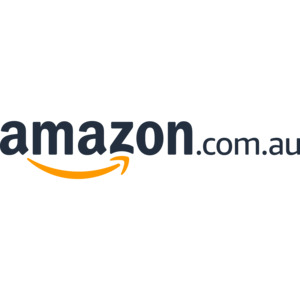When a product is priced incorrectly on Amazon and sold and fulfilled, who foots the bill?
It seems to happen a lot in pantry, especially when items are added for the first time.
Ie. box of items sold at price of a single item.
Items are sold by Amazon and fulfilled by prime.
I have been seeing a few of these lately, and yes, can confirm the full box was sent (often wasn’t the case in the past), but it did make me question who foots the bill. Amazon, or the company supplying the product to Amazon?

Amazon does. The wholesale agreement with supplier is separate from retail pricing.
Amazon buys product for $X and sells it for $X+Y or sometimes $X-Y as a loss leader for various reasons.